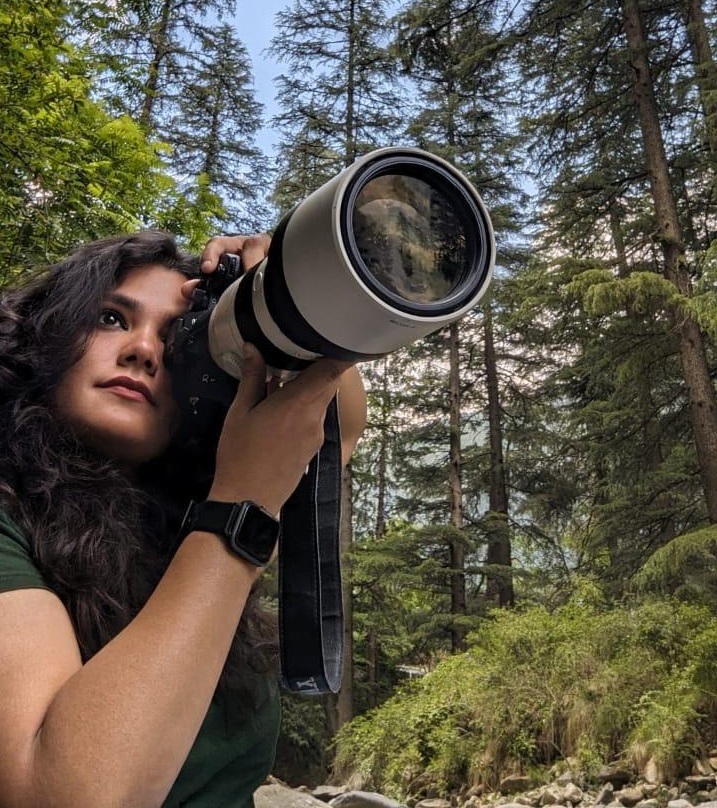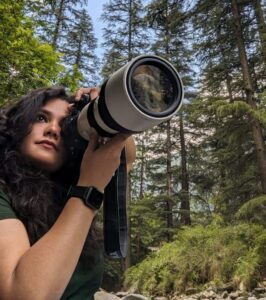India’s Golden Triangle with a Wild TwistRanthambore & Kanha Safaris
Most people travelling the Golden Triangle in India are experiencing a collection of forts and palaces, and of course, the magnificent Taj Mahal. However, what if you were to add a tiger to the mix?
The combination of India’s Golden Triangle + tiger safari means you can see all the splendour of Jaipur and Agra with the excitement of seeing Bengal tigers in their natural habitat. You can see the distinct skyline of old Delhi, and heritage sights of Jaipur and Agra, before embarking on the world of ruined forts in Ranthambore and the cool forest of Kanha National Park. Mixing culture and wilderness creates one of the best Indian safari packages imaginable, which combines history, architecture and wildlife all in one trip.
Ranthambore Tiger Safari: Tigers and Ruins
Few safari spots in the world are as remarkable as the Ranthambore tiger safari. With a 10th-century fort as a backdrop, there is a unique opportunity to see tigers in settings that border on the cinematic; tigers walking through ancient gates, lounging next to lakes, and crossing ruins are all examples of a stunning marriage of wilderness and medieval history.
Highlights: Look out for famous tigresses like Riddhi and Arrowhead, the historic Ranthambore Fort, and lovely lakes like Padam Talao.
Time of Year: October-April, with the best opportunities at waterholes in March and April.
Ranthambore isn’t just a safari; it’s a living story of India’s majestic hunting past, now realised in a current conservation success.
The Golden Triangle is the most travelled route in India. However, it does not have the experience for wildlife travellers.
Convenience: Ranthambore is perfectly positioned beside the Jaipur and Agra route and so it makes sense to make this your next stop.
Depth: Including Kanha Tiger Reserve brings you deeper into Central India; this is where wildlife tourism began in India.
Diversity: You are experiencing cultural heritage and rich ecosystems rolled into one trip.
Travellers who select this combination frequently say the tiger safaris provide soul and spontaneity to an otherwise monument-focused journey.
How to Plan For the Golden Triangle Tiger Safari
Permits & Reservations: If you want to book safari permits to Ranthambore and Kanha, you will want to book at least 90-120 days in advance.
Transportation: Ranthambore is a quick train or road transfer from Jaipur/Agra. To plan for Kanha, you will have to reserve an internal flight to either Jabalpur or Raipur, then drive.
Accommodations: 2-3 nights at Ranthambore and 3-4 nights at Kanha.
What to Pack: Neutral clothing, binoculars, long camera lenses (300mm+), hats, sunscreen, and ID for entrance.
Best Time to Go: Mid-October to April (if you want cooler weather), March-June (if you want more sightings at the water holes and very sticky and hot).
Conclusion
A tiger safari adds to your Golden Triangle itinerary in such a way that, while your experience would be a touristic sightseeing adventure, it would also be a lifetime experience full of memories. The Ranthambore tiger safari, with tigers traversing ancient ruins, to the Kanha tiger reserves, where you may witness barasingha leaping in fields of flowers, the wildlife component of your trip will make it worthwhile, as you will not leave with only a memory of palaces you visited – you will leave with stories of the wild.
The India Golden Triangle with tiger safari is not just about combining itineraries; it is about combining experiences, culture, conservation, heritage, and wilderness.
Ethical Wildlife curates small-group, photography-led safaris in India and Africa. They specialise in tiger safaris in Bandhavgarh, snow leopard expeditions in Ladakh, and a multitude of trips that connect travellers with nature, ethically and meaningfully. Their focus is on deep experiences, guided by expert naturalists and photographers, and they hold their journeys to inspire, educate and respect nature and the wild.






 Apoorva Jadon
Apoorva Jadon